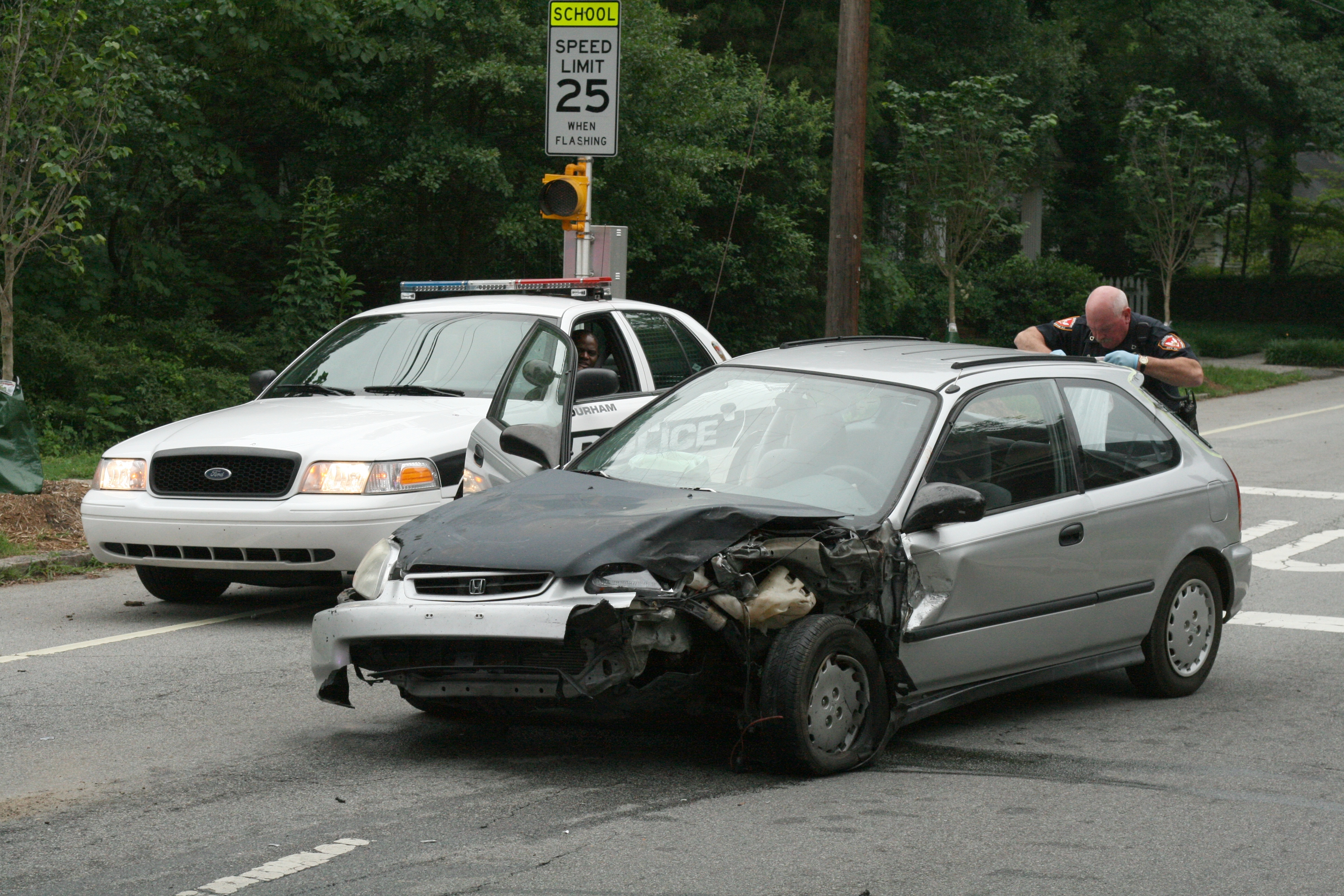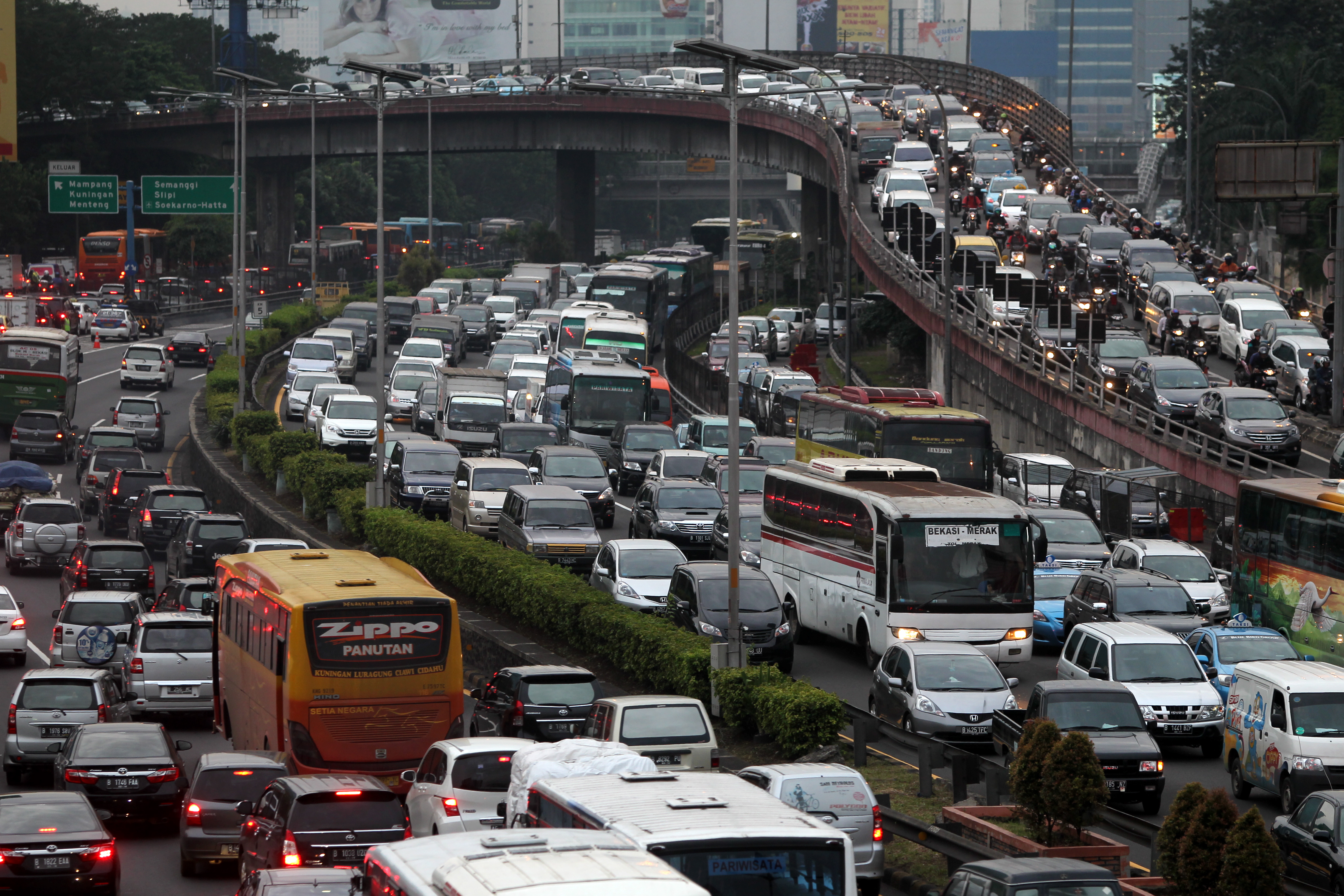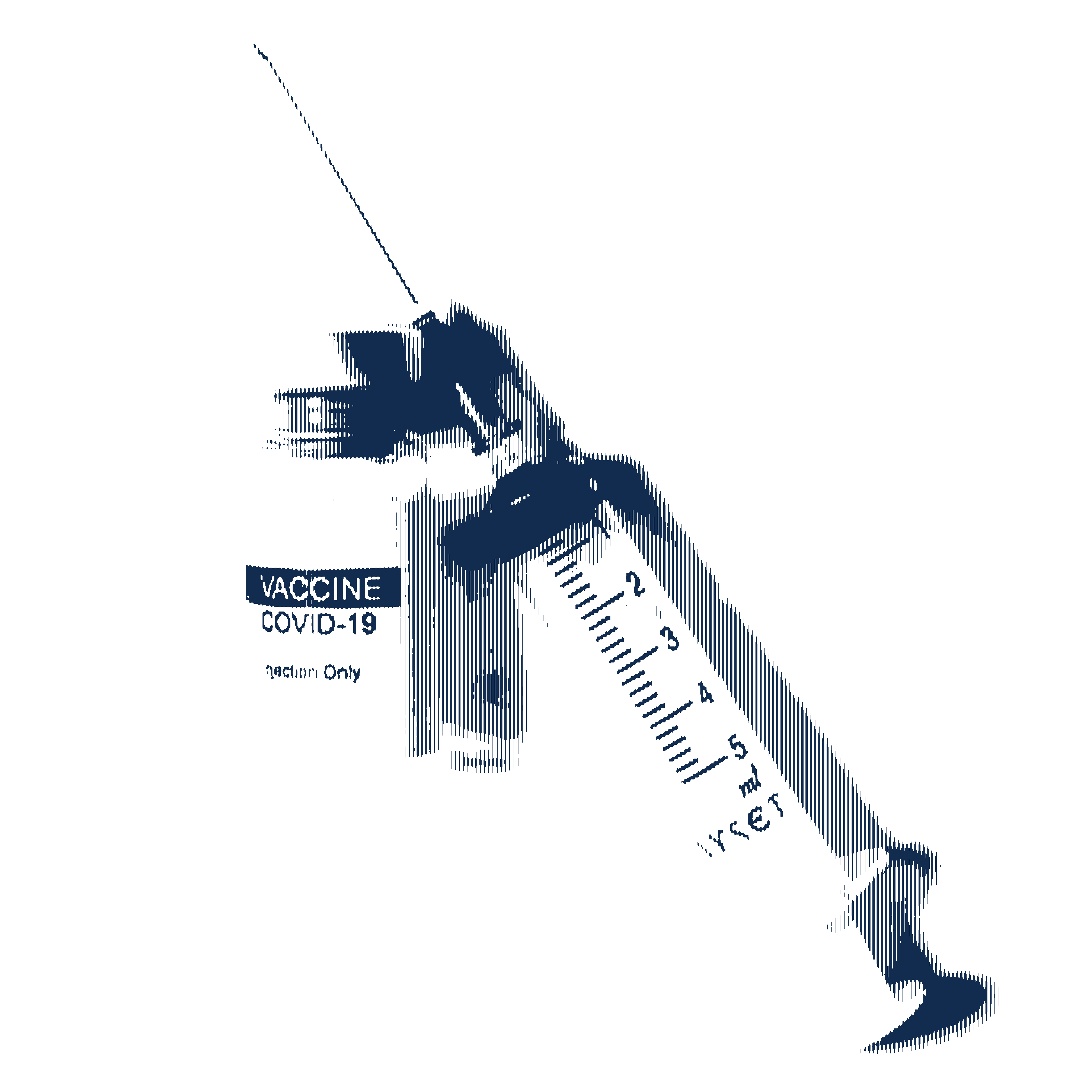
Death by motor vehicle is generally a young person's disease. Throughout the world, nearly 60 percent of all road traffic deaths occur among 15 to 44 year olds.
But in the U.S. and other wealthy countries, the proportion of road fatalities among older people is starting to increase, with a significant upward spike after age 60.
Although the U.S. has recorded a decades-long downward trend in the number of highway fatalities, in 2012, the most recent year for which statistics are available, 5,560 Americans over age 65 were killed in traffic accidents and another 214,000 were injured—a 3 percent increase in the number of fatalities and a 16 percent increase in the number of injured over the previous year, according to the National Highway Traffic Safety Administration.
There are already 35 million licensed drivers over age 65 on U.S. roads, and with post-war baby boomers now turning 65 at the rate of 10,000 per day, that number will soar—and so will the number of accidents unless steps are taken to mitigate the risks facing older drivers.
"The boomers are getting older and now we've got this gift of longevity, but what are we going to do with it?" asks Joseph Coughlin, director of the MIT Age Lab, which explores innovations that will enable America's aging population to "do things" throughout an extended lifespan.
The answer, according to Coughlin, is not taking away the car keys from gramps and granny, but making vehicles and driving conditions safer for them.
"Seventy percent of Americans over age 50 live in the suburbs or in rural areas. The car—love it or hate it—is the only way to connect yourself with what we call life," he said.
Cars today are significantly safer than cars from previous generations, but many of the new safety advances have not been designed with older drivers in mind.
In past decades, cars were mainly the creation of mechanical engineers. Today's vehicle, says Coughlin, is "a piece of software on wheels." Older drivers, not as tech-savvy as their grandchildren, may need help cutting through the complexity, a process that should begin at the dealership when a new car is purchased.
A recent exhibition at the Smithsonian's American History Museum made the point that when today's 60-year-old driver was born, the Interstate Highway System did not yet exist, and when today's 80-year-old driver was born, only 39 states issued driver's licenses and only a few required a test.
The skills required to safely navigate today's roads have evolved. Older drivers may need to brush up, and they also need to learn to compensate for diminished physical capability.
One approach that seems to be working is a driver safety refresher course offered by AARP, the advocacy group for people age 50 and over. The idea, according to Julie Lee, national director of the program, is to help older people stay mobile—and safe—for as long as possible.
More than 15 million drivers have taken the free course. The key incentive is a significant car insurance discount for those who complete the course.





